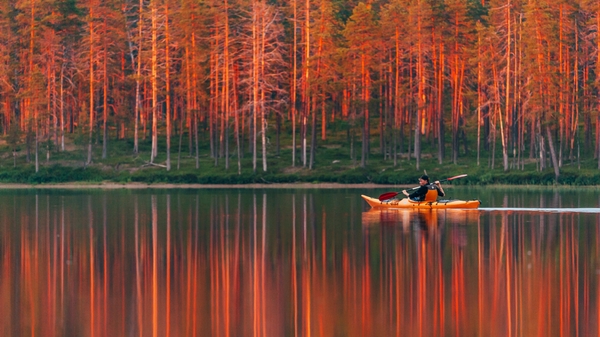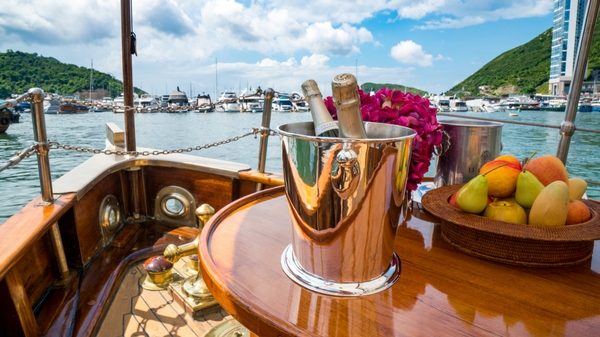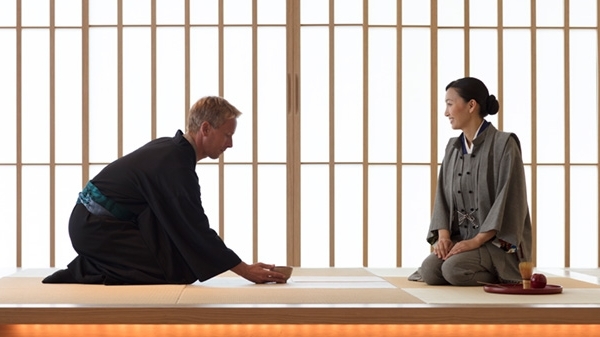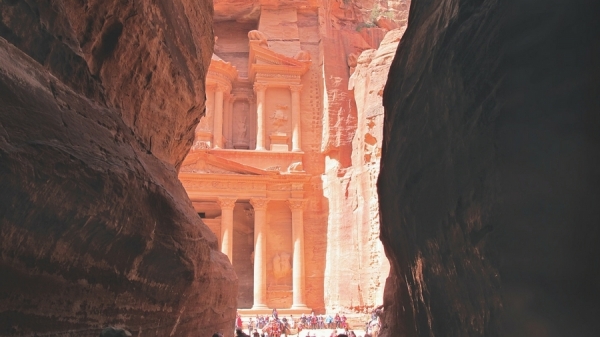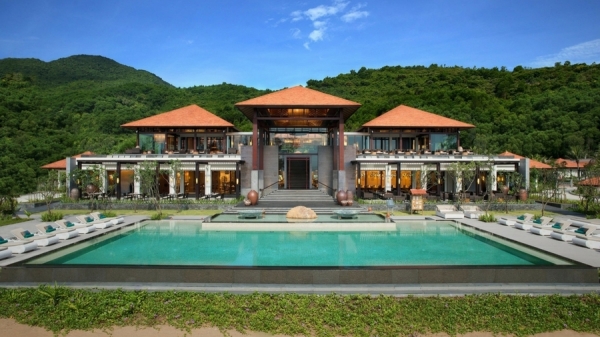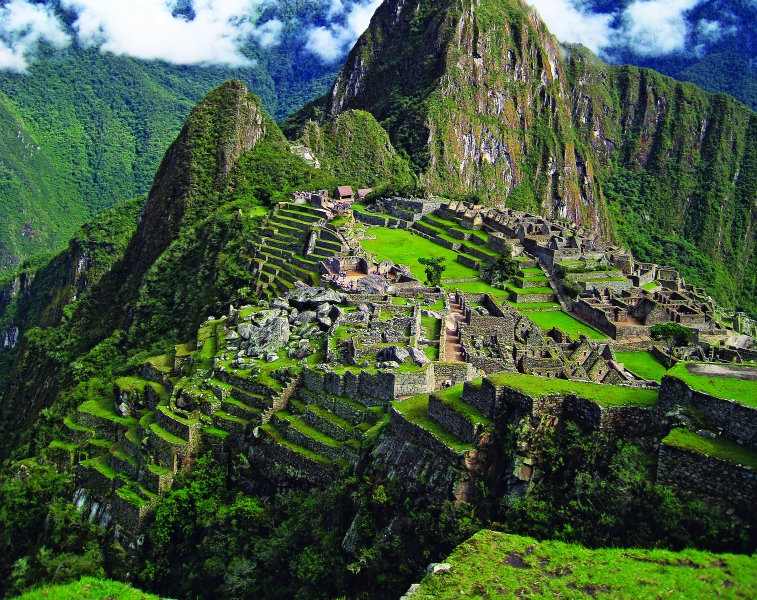
Discover Machu Picchu in all its majesty, but don’t miss the other wonders of the Peruvian Andes
Placid lakes, glacial peaks and mountain ranges prelude the landing into the capital of America’s greatest civilisation – the Inca Empire. If you can manage to keep your eyes open, you’ll find yourself soaring above a Peruvian paradise. This view signals an end to the grueling 30-hour journey from Hong Kong to Cusco, but it’s just the start of a tremendous adventure.
Spelled Cuzco in Spanish and Qusqu in Quechuan – the local language – the city sits 3,400m above sea level. While it might seem anticlimactic, the first order of business upon touching down in Cusco is to get plenty of rest. It takes a couple of days to acclimatise to the environment, and altitude sickness often comes with the territory. You won’t mind holing up at the Belmond Hotel Monasterio, a stunning 16th-century structure which once served as a monastery and national monument. For the ultimate in luxury and Peruvian charm, there’s no better choice.
Still, even after resting you may feel a bit ill while walking up and down the streets of Cusco, whose steep steps form a maze leading to the main square of Plaza de Armas. Do as the locals say: drink a lot of water and try to avoid alcohol and meat, especially when preparing for a trek.
Another traditional remedy is mate de coca – a herbal infusion made from raw coca plant leaves, which are native to the region. Commonly used in the Andean highlands, the tea is consumed as a stimulant to improve blood flow and oxygen uptake at high altitudes. While completely organic and used in countries like Argentina, Bolivia, Colombia and Peru, the tea is illegal in the United States because it contains alkaloids used to make cocaine.
[{"id" : "25089","image" : "https://www.gafencushop.com/wp-content/gallery/into-the-inca-empire-travel-sep-01-09-2017/024_2356919_eff.jpg","caption" : "024_2356919_eff"},{"id" : "25092","image" : "https://www.gafencushop.com/wp-content/gallery/into-the-inca-empire-travel-sep-01-09-2017/043_dpa-pa_87140067_eff.jpg","caption" : "043_dpa-pa_87140067_eff"},{"id" : "25094","image" : "https://www.gafencushop.com/wp-content/gallery/into-the-inca-empire-travel-sep-01-09-2017/20170521_120055_eff.jpg","caption" : "20170521_120055_eff"},{"id" : "25096","image" : "https://www.gafencushop.com/wp-content/gallery/into-the-inca-empire-travel-sep-01-09-2017/520558719_1280x720.jpg","caption" : "520558719_1280x720"},{"id" : "25098","image" : "https://www.gafencushop.com/wp-content/gallery/into-the-inca-empire-travel-sep-01-09-2017/IMG_0684_2_eff.jpg","caption" : "IMG_0684_2_eff"},{"id" : "25100","image" : "https://www.gafencushop.com/wp-content/gallery/into-the-inca-empire-travel-sep-01-09-2017/IMG_0824-copy.jpg","caption" : "IMG_0824 copy"},{"id" : "25102","image" : "https://www.gafencushop.com/wp-content/gallery/into-the-inca-empire-travel-sep-01-09-2017/IMG_1098_eff.jpg","caption" : "IMG_1098_eff"},{"id" : "25104","image" : "https://www.gafencushop.com/wp-content/gallery/into-the-inca-empire-travel-sep-01-09-2017/Over_Machu_Picchu_eff2.jpg","caption" : "Over_Machu_Picchu_eff2"},{"id" : "25106","image" : "https://www.gafencushop.com/wp-content/gallery/into-the-inca-empire-travel-sep-01-09-2017/pexels-photo-516348_eff.jpg","caption" : "pexels-photo-516348_eff"},{"id" : "25108","image" : "https://www.gafencushop.com/wp-content/gallery/into-the-inca-empire-travel-sep-01-09-2017/Plaza_de_Armas_Cusco_Peru_eff2.jpg","caption" : "Plaza_de_Armas_Cusco,_Peru_eff2"},{"id" : "25110","image" : "https://www.gafencushop.com/wp-content/gallery/into-the-inca-empire-travel-sep-01-09-2017/Salineras_de_Maras_Maras_Per%C3%BA_2015-07-30_DD_11.JPG","caption" : "Salineras_de_Maras,_Maras,_Perú,_2015-07-30,_DD_11"}]
A good way to explore the Inca ruins while acclimatising is to go lower into the Sacred Valley. Pisac – a small town 35km from Cusco – is a great option on Sundays when it holds its famous market.
You can shop at the market for local Peruvian fruit and handmade crafts. Many vendors will tell you their ponchos or blankets are made of alpaca wool, but walk around and inspect prices and quality before making a final decision. Don’t miss the chance to try a local snack: the choclo is a large-kernel variety of field corn from the Andes, and you can take it boiled, with cheese or with salt.
Some stalls around the market are fronted with signs advertising shaman-led “San Pedro experiences”. If you’ve heard of ayahuasca – the spiritual medicine and hallucinogenic used in indigenous Amazonian ceremonies – then the Andean counterpart is a cactus called San Pedro (Saint Peter), which can be made into mescaline.
A quick taxi ride will take you to the impressive Inca relics above the town, or you can opt to hike 7km to the architectural park. Make sure to save energy for the labyrinth of relics within, though.
You’ll need a US$40 boleto turístico (ticket) to get in, which covers 10 days and all the major must-sees in and around Cusco. The area is characterised by its soaring agricultural terraces, some of which are still used to this day.
In the main park, a trail near the river is flanked by cliffs and lined with cave-like tombs – the Incas’ vertical cemetery. Turn left where the trail forks by a bridge and go uphill to the majestic Temple of the Sun. The Incas’ most important god was the solar deity Inti, which explains why the Peruvian currency is named sol after the word for sun. From there another trail leads back down to the town centre.
Aside from Pisac, make full use of your boleto turístico and explore ruins like Ollantaytambo (an imposing Inca military post in the Sacred Valley) and the Saqsayhuaman complex in Cusco (including Q’enqo, Puka-Pukara and Tambomachay). Pay a visit to Moray, which is famous for its Salineras de Maras, a picturesque system of salt flats carved out of the mountainside.
And then there’s Machu Picchu. If you want the full experience, start from the Inca Trail. There are several treks and tours available, with most hikes ranging from two to eight days. You’ll need to book this months in advance, especially if you plan to go during the high season.
Several luxury tour operators offer all-inclusive trips to Machu Picchu. They come with porters, pack mules, sunset happy hours, chefs expertly trained in Peruvian cuisine and every other amenity you can possibly think of while journeying through the mountains. Alpaca Expeditions and Enigma Adventure are Gafencu’s top choices for tour operators.
Another route, the Salkantay Trail, is better suited to intermediate hikers who want to take in glacial landscapes at altitudes of up to 5,200m. The Lares Valley Trek is less hardcore, but still challenging. It follows the weavers’ and farmers’ paths through villages and rivers. You’ll see a lot of llamas and alpacas along the way, but take care not to step on the presents they’ve left behind.
[{"id" : "25089","image" : "https://www.gafencushop.com/wp-content/gallery/into-the-inca-empire-travel-sep-01-09-2017/024_2356919_eff.jpg","caption" : "024_2356919_eff"},{"id" : "25092","image" : "https://www.gafencushop.com/wp-content/gallery/into-the-inca-empire-travel-sep-01-09-2017/043_dpa-pa_87140067_eff.jpg","caption" : "043_dpa-pa_87140067_eff"},{"id" : "25094","image" : "https://www.gafencushop.com/wp-content/gallery/into-the-inca-empire-travel-sep-01-09-2017/20170521_120055_eff.jpg","caption" : "20170521_120055_eff"},{"id" : "25096","image" : "https://www.gafencushop.com/wp-content/gallery/into-the-inca-empire-travel-sep-01-09-2017/520558719_1280x720.jpg","caption" : "520558719_1280x720"},{"id" : "25098","image" : "https://www.gafencushop.com/wp-content/gallery/into-the-inca-empire-travel-sep-01-09-2017/IMG_0684_2_eff.jpg","caption" : "IMG_0684_2_eff"},{"id" : "25100","image" : "https://www.gafencushop.com/wp-content/gallery/into-the-inca-empire-travel-sep-01-09-2017/IMG_0824-copy.jpg","caption" : "IMG_0824 copy"},{"id" : "25102","image" : "https://www.gafencushop.com/wp-content/gallery/into-the-inca-empire-travel-sep-01-09-2017/IMG_1098_eff.jpg","caption" : "IMG_1098_eff"},{"id" : "25104","image" : "https://www.gafencushop.com/wp-content/gallery/into-the-inca-empire-travel-sep-01-09-2017/Over_Machu_Picchu_eff2.jpg","caption" : "Over_Machu_Picchu_eff2"},{"id" : "25106","image" : "https://www.gafencushop.com/wp-content/gallery/into-the-inca-empire-travel-sep-01-09-2017/pexels-photo-516348_eff.jpg","caption" : "pexels-photo-516348_eff"},{"id" : "25108","image" : "https://www.gafencushop.com/wp-content/gallery/into-the-inca-empire-travel-sep-01-09-2017/Plaza_de_Armas_Cusco_Peru_eff2.jpg","caption" : "Plaza_de_Armas_Cusco,_Peru_eff2"},{"id" : "25110","image" : "https://www.gafencushop.com/wp-content/gallery/into-the-inca-empire-travel-sep-01-09-2017/Salineras_de_Maras_Maras_Per%C3%BA_2015-07-30_DD_11.JPG","caption" : "Salineras_de_Maras,_Maras,_Perú,_2015-07-30,_DD_11"}]
The most luxurious – and laidback – way of getting in and out of Machu Picchu, though, is via Perurail’s high-end train service. The Vistadome and Expedition trains are popular for their panoramic views of the breathtaking scenery. Alternatively, the plush Belmond Hiram Bingham often features live bands which play local and international tunes.
Tourists will disembark at Aguas Calientes, the closest town to Machu Picchu. For a spot of rest and pampering, check into the Inkaterra Machu Picchu Pueblo Hotel. Situated in the middle of a natural oasis, the hotel boasts a luxurious spa and 12 acres of land frequented by more than 200 bird species.
After regaining your strength, wake up early to catch the sunrise at Machu Picchu (or come at sunset if you want to avoid the crowds). The queue for the bus tends to snake around the corner even in the 4am darkness. Get your bus tickets ahead of time, or you may never make it up there. And don’t forget your passport – they check.
As soon as you get there, secure a strategic spot for the moment when the sun breaks through the mist. It may be raining, you might not have showered for days and you’re probably sleep deprived, but all that slips away as you stand above the living, breathing rainforest where the Incas built their sublime citadel in the 15th century to get closer to the gods.
Legend has it that when the Spanish arrived, the Incas razed all the roads leading to Machu Picchu so the conquerors wouldn’t find it. It was hidden from the outside world until 1911, when American archaeologist Hiram Bingham stumbled upon the site while searching for the famous “lost” Inca cities.
If you still have energy to climb, you can make for Huayna Picchu, the “young peak” that features in all the famous photos of Machu Picchu. It’s a couple of hours up and down, unless you want to take the longer loop. From the top, you can look down on the divine site as if you were a condor gliding over it.
Where to next? The onward journey can take you to Lima, Peru’s gastronomic paradise, or to the colonial-era capital of Arequipa, flanked by three imposing volcanoes. If you haven’t had enough adventure yet, head to the picture-perfect Rainbow Mountain or Lake Titicaca on the Bolivian border. You might have come thinking you’d tick something off your bucket list – little did you know you’d be adding 10 more by the end of your stay.
Text: Julienne C. Raboca














